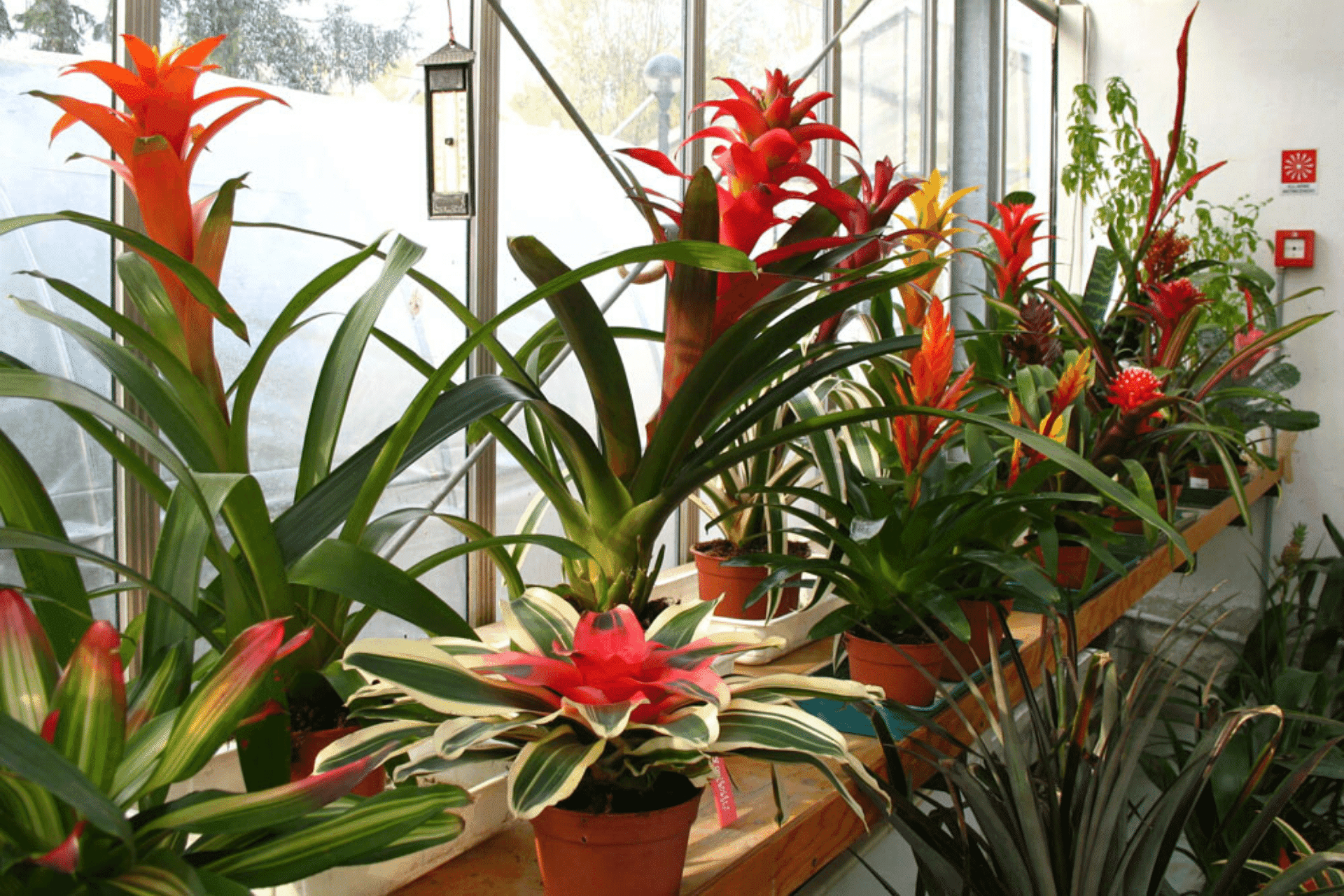Città Studi Botanical Garden



Located in the Milanese district of the same name, the Città Studi Botanical Garden was created in 2001 on the reclaimed land of the ancient Cascina Rosa, following a resolution by the Municipality of Milan. A long-decayed, vast city area was thus restored to public use as an academic and research centre, officially recognized as a museum collection by the Lombardy Region.
Spanning over 25,000 square metres, the botanical garden combines scientific research with the conservation and enhancement of plant species. Moreover, it offers educational activities such as guided tours and workshops for schools and the wider public. Visitors will discover the typical environments of Lombardy with their most significant plant species, stroll by the pond, and enjoy many enchanting views.
At the heart of the garden are the collections of plant species of scientific, ecological, cultural, and educational interest. The collections are conserved in greenhouses or outdoors and include, in addition to the native species of the Lombard and Italian flora, species from different parts of the world.
The collections are available to scholars of botanical systematics and taxonomy, phytogeography and environmental botany, and are used in educational events on biodiversity and the conservation of plant heritage. They can be used in the taxonomic review of critical species and in the study of the current and past distribution of plant species. A new project has been launched in collaboration with the Department of Computer Science for the digitalisation of historical collections.
Director: prof. Marco Caccianiga
Orto Botanico Città Studi
Via Camillo Golgi, 18
20133 Milano - Italy
[email protected]
Opening hours
March-October
Tuesday-Thursday (ex-holidays), 10am - 5pm
Friday, 10am - 4pm
Summer closure
Last week of July and all of August
Winter closure
November-February
The collections bring together plants by growth environment, adaptation, human use, and surprising survival strategies (e.g. carnivorous plants). A special collection of the Città Studi Botanical Garden consists of the reconstruction of some natural habitats of Lombardy.
One of the most significant collections is dedicated to carnivorous plants, and contains the most important genera of Italy and the world, with many rare and threatened species. Other highlights are the collections of succulent plants, dye plants, domesticated plants (including the main food plants and their "wild relatives"), and of specific families, such as Proteaceae, Bromeliaceae, and orchids.
A small installation illustrates forensic botany, i.e. the application of plant knowledge to judicial investigations, to which the garden actively contributes.
The garden is equipped with high-tech greenhouses that house rare plants and research cells, providing a laboratory for both scientific researchers and biology students.
As a museum, the garden preserves, in addition to live plants, numerous collections of historic assets. Its collection boasts over 600 educational wall charts and posters made between 1870 and 1920. These are large chromolithographs depicting animal and plant species with meticulous attention to morphological details, so as to replace the real object and provide educational tools that are still valid today.
The garden also features two collections of thin sections of wood:
- The Hermann Nördlinger Xilotheque (Querschnitte von hundert Holzarten) was produced between 1853 and 1888 for training in the recognition of tree and shrub wood species. The Xilotheque consists of volumes, which preserve 1,100 different thin sections of wood species from all over the world.
- Adriano Fiori's Xylotomotheque, created between 1905 and 1927 to accompany the herbarium samples of the "Flora Italica Exsiccata". The collection consists of transversal and longitudinal sections, obtained from the stem of 184 Italian wood species.
The Herbarium Universitatis Mediolanensis consists of different collections of vascular and cryptogamic plants. The collections of vascular plants consist of several tens of thousands of specimens, partly gathered in historical herbaria, and partly from modern collections made by professors and students of the University of Milan during their research.

